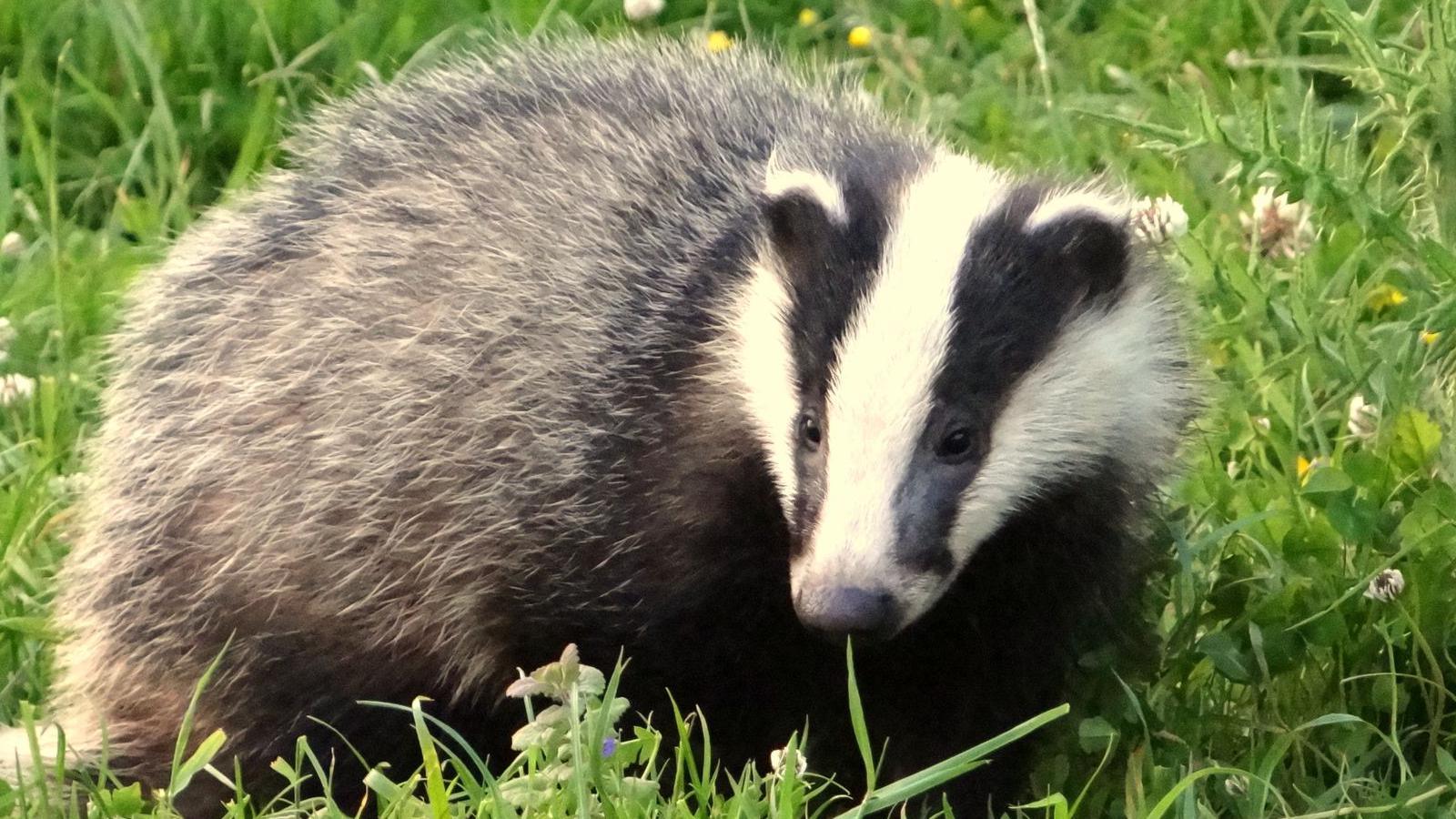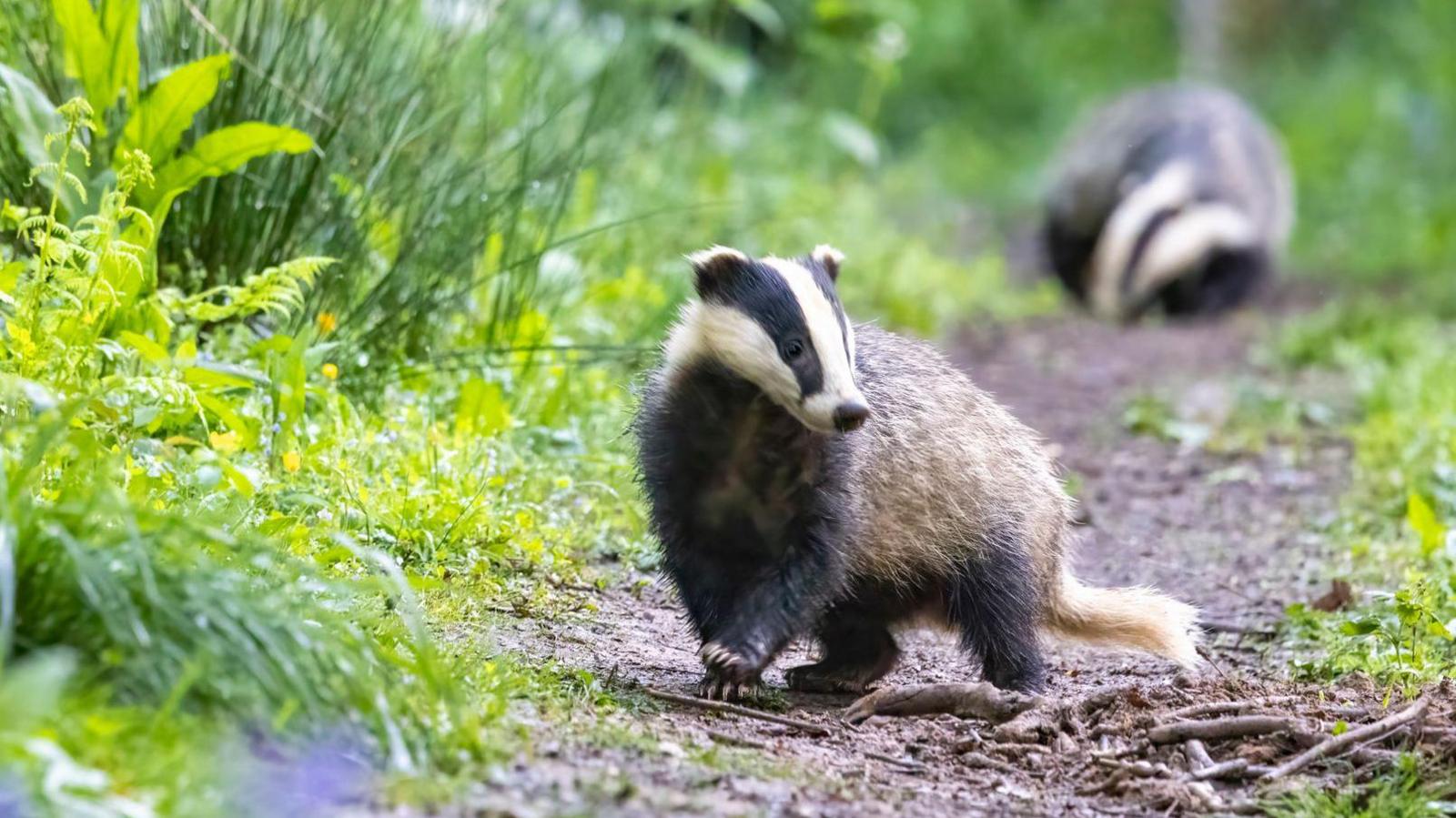Badger culling to end in England within five years

- Published
Badger culling will end in England within five years as part of a shift in the fight against bovine tuberculosis, the government said on Friday.
As part of the new TB eradication strategy, badgers will be vaccinated instead of killed and work to develop a separate vaccine for livestock will also be stepped up.
The government hopes the strategy will deliver its target to eradicate the disease in England by 2038.
While campaigners Badger Trust criticised the government for allowing culling already licensed this year to go ahead, the National Farmers Union said culling had worked against TB and shouldn't be ruled out.
The government said its new strategy will deliver its manifesto pledge to end the “ineffective” culling of badgers.
It has set a target to end all culling by the end of this Parliament, which could be in 2029.
Daniel Zeichner, minister for food security and rural affairs, said the disease had “devastated British farmers and wildlife for far too long”.
“Our comprehensive TB eradication package will allow us to end the badger cull by the end of this parliament and stop the spread of this horrific disease,” he added.

The new strategy shifts the focus onto vaccinating badgers instead of killing them
Over the past decade, outbreaks of the bovine tuberculosis have seen more than 278,000 cattle compulsorily slaughtered, according to the government.
It also says 230,000 badgers have been killed in efforts to control the disease.
It costs taxpayers more than £100m every year to deal with outbreaks.
Under the new strategy, a “badger vaccinator field force” will be set up to increase the number of badgers vaccinated.
The impact of those vaccinations will be analysed to see if it affects the incidence of bTB in cattle and badgers will be monitored to find out the prevalence of the disease in the population.
In the meantime, work on the development of a vaccine in cattle itself will be stepped up, with field trials undertaken in the coming months.
Christine Middlemiss, the government’s chief veterinary officer, said there was no single way to combat bovine tuberculosis and that the new strategy would “continue to be led by the very best scientific and epidemiological evidence”.
The first badger population survey in over a decade will also be carried out to establish current numbers and the impact of widespread culling over the past decade.
But Badger Trust said the government needed to do more to stop the transmission of the disease between cattle on farms themselves.
The trust said tens of thousands of badgers could still be culled this year under existing licences that the government has said it will honour.
Peter Hambly, the trust’s chief executive said: “The new announcement on bovineTB keeps badgers in the firing line.
“It focuses on badgers rather than cattle - when it is cattle that are the main spreaders of this cattle disease.
“It admits the government doesn’t know how many badgers are left or how many even have bTB. They haven’t counted them and haven’t tested them but continue to slaughter them.”
The National Farmers Union cautioned in a statement that while vaccination trials were encouraging: "Badger culling provides success and has a part to play in a strategy where there is evidence that it is the right tool to contain and reduce TB."
“I urge Ministers to move at pace and with a clear view of the science," said NFU President Tom Bradshaw.
"This terrible disease continues to plague farmers and their livestock, and while significant elements of the government’s proposed TB strategy are still being researched and are not yet deployable at scale, they must not overlook the contribution of the tried, tested and successful disease control model."